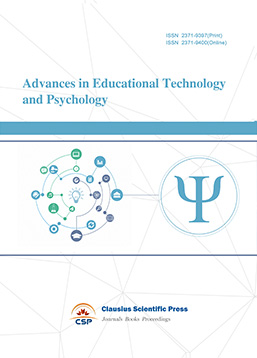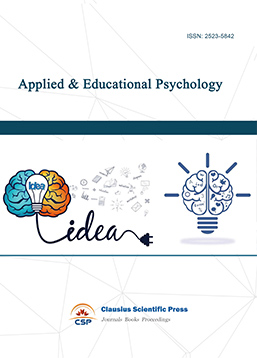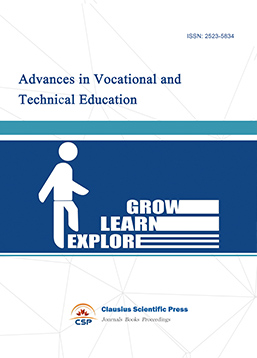Analysis on Failure in Class Control Measures of Engineering Education
DOI: 10.23977/aduhe.2025.070220 | Downloads: 21 | Views: 569
Author(s)
Xuefen Wang 1, Bauminwood 1
Affiliation(s)
1 Artificial Intelligence College, Neijiang Normal University, Neijiang City, Sichuan Province, 641100, China
Corresponding Author
BauminwoodABSTRACT
In this article the authors present the unsatisfactory position of student performance in current college classroom teaching and propose the issue on effects of classroom teaching management. By analyzing the main factors lead to the failure of classroom control measures, the authors sought the reasons for the low efficiency of college classroom teaching. The authors mainly dissected the problem from the perspective of students and their learning behavior, also educational administration and its effect. They summarized the reasons into the lack of participation of college students in class, further analyses found that the unenthusiastic classroom behavior of college students arose from the dogmatism of educational administration model. The authors also analyzed the impact of educational administration regulations on classroom teaching control and the enthusiasm of students' participation in the classroom, and finally implicated an educational administration reform.
KEYWORDS
College Classroom Teaching Management, The Enthusiasm of Students' Participation, Assess and Evaluation in High EducationCITE THIS PAPER
Xuefen Wang, Bauminwood, Analysis on Failure in Class Control Measures of Engineering Education. Adult and Higher Education (2025) Vol. 7: 132-137. DOI: http://dx.doi.org/10.23977/aduhe.2025.070220.
REFERENCES
[1] Zhang Dan. Analysis on the Status Quo and Improvement Strategies of University Classroom Teaching Quality in the Era of Big Data—A Review of Research on the Improvement Strategy of University Classroom Teaching Quality[J].Chinese Journal of Tropical Crops,2021,42(11):3445.)
[2] Zhao Liya, Chen Mo, Chen Hongbing, XU Feng. Thinking on the evaluation of classroom teaching quality in colleges and universities [J]. Research on Innovative Education, 2021, 9(4): 997-1001
[3] Timber on Lishan: The Current Situation of Contemporary University Classrooms and Their Solutions https://zhuanlan.zhihu.com/p/675264858.
[4] William,10 ideas for class control: ensure a smooth lesson, Posted in Classroom Management.on 26 July 2022. https://teacher.williamofori.com/index.php/blog/classroom-management/10-ideas-for-class-control-ensure-a-smooth-lesson
[5] Juan Yang, Fan Shao, Renjiang Zeng, Types of College Students' Classroom Participation and Academic Gains: An Analysis Based on the Follower Model, Journal of Northeastern University(Social Science) 2020, Vol. 22 Issue (4): 104-111 DOI: 10.15936/j.cnki.1008-3758.2020.04.014
[6] Wang Yue. Research on the Influencing Factors and Countermeasures of College Students' Classroom Cognitive Participation[J]. Education Progress, 2022, 12(5): 1636-1644.
[7] Elise J. Dallimore , Julie H. Hertenstein & Marjorie B. Platt Classroom participation and discussion effectiveness: student-generated strategies, Communication Education,(2004.01)53(1):103-115, DOI: 10.1080/03634520320001358
05
[8] Yueh-Min Huang, Lusia Maryani Silitonga, Ting-Ting Wu, Applying a business simulation game in a flipped classroom to enhance engagement, learning achievement, and higher-order thinking skills, Computers & Education, Volume 183,2022,104494,ISSN 0360-1315,https://doi.org/10.1016/j.compedu.2022.104494.
[9] Sihan Fan, New Approaches to Enhancing Classroom Teaching Quality in Vocational Colleges in the Context of AI Integration. Advances in Vocational and Technical Education (2024) Vol(6): 97-104. DOI: http://dx. doi.org/10.23977/avte. 2024.060515.
[10] Zhao Wu, Research on the Construction of Practical Teaching System in Application-Oriented Universities under the Internet plus Situation. Advances in Educational Technology and Psychology (2022) Vol. 6: 5-10. DOI: http://dx.doi.org/10.23977/aetp.2022.060302
| Downloads: | 22176 |
|---|---|
| Visits: | 1244443 |

 Download as PDF
Download as PDF



